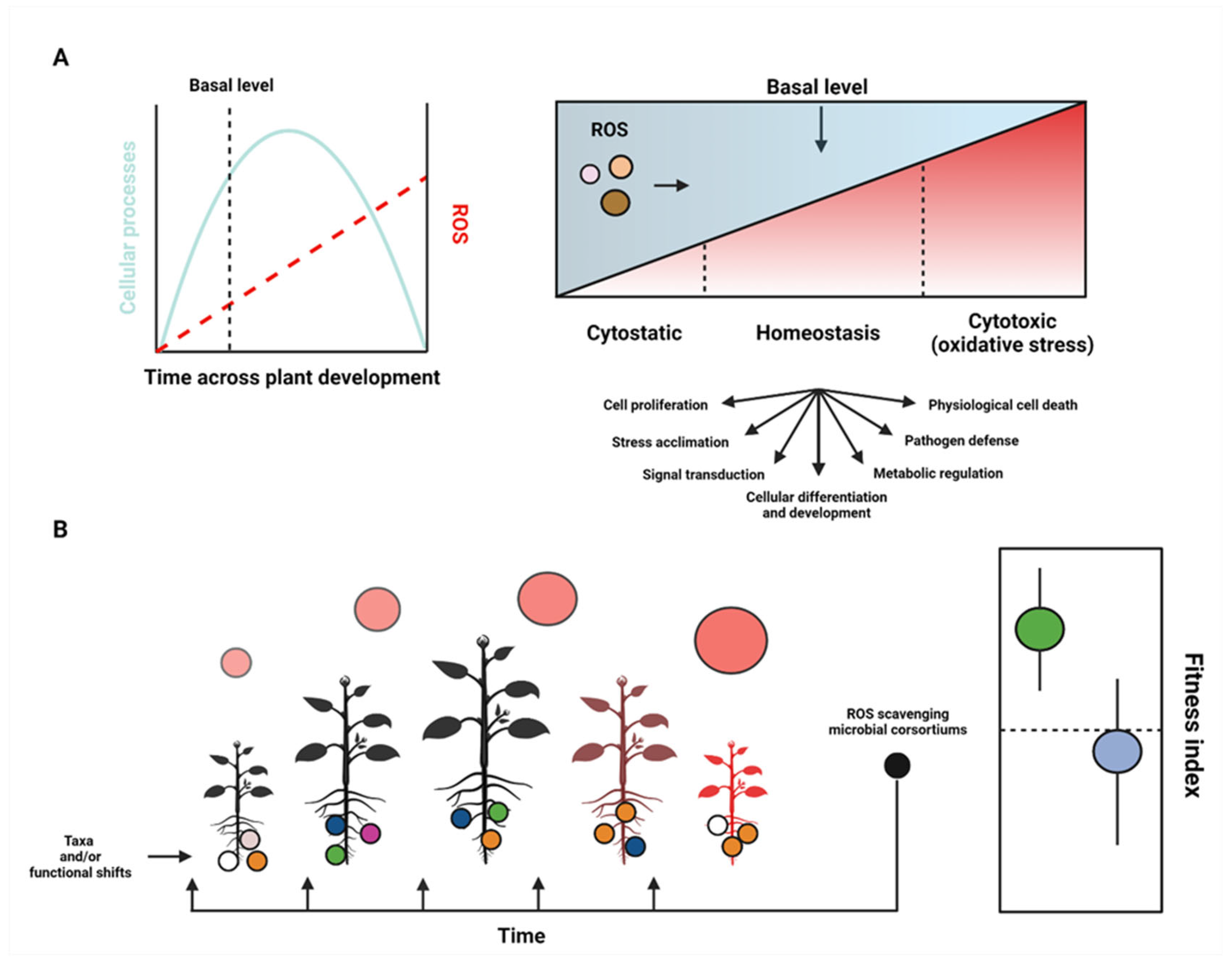NSF Postdoctoral fellow in the Peay Lab at Stanford University studying how bacteria, mycorrhizal fungi, and plants interact
Scientific Background:
-
👨🔬 I'm a microbial ecologist with training in bacteriology, molecular genetics, mycology, and plant-microbe interactions. I received my PhD from the University of South Carolina in August 2021 and began my postdoctoral fellowship at Stanford University in October of 2021.
-
🔭 I’m currently working on small- and large-scale approaches to assess bacteria-fungi-plant interactions.
-
📚 Read more about my work here.
-
👨🏼🏫 Find out about courses I've taught and developed here and check out a lab manual I co-authored over here.
-
💬 Let's chat about bacteria-fungi-plant interactions, next-generation sequencing, and/or comparative genomics.
-
📫 Email me at berriosl@stanford.edu or louisb0812@gmail.com

👨🔬 I'm a microbial ecologist with training in bacteriology, molecular genetics, mycology, and plant-microbe interactions. I received my PhD from the University of South Carolina in August 2021 and began my postdoctoral fellowship at Stanford University in October of 2021.
🔭 I’m currently working on small- and large-scale approaches to assess bacteria-fungi-plant interactions.
📚 Read more about my work here.
👨🏼🏫 Find out about courses I've taught and developed here and check out a lab manual I co-authored over here.
💬 Let's chat about bacteria-fungi-plant interactions, next-generation sequencing, and/or comparative genomics.
📫 Email me at berriosl@stanford.edu or louisb0812@gmail.com
Terrestrial plants and microbes have been coevolving for over 100 million years, and their interactions contribute to biogeochemical cycles and agricultural fecundity. Two of the most dominant and impactful microbial groups are bacteria and mycorrhizal fungi, which often benefit their plant host(s). Without these beneficial microbes, plants would be severely limited in their ability to survive and reproduce in nature. However, detailed mechanisms explaining many beneficial plant-microbe interactions remain unclear. Therefore, my research program combines field and lab experiments to uncover the mechanisms that drive positive relationships among plants, bacteria, and mycorrhizal fungi.
My past research has used genomics and functional genetics approaches to demonstrate the genotypic specificity of plant-microbe inteactions. Likewise, I have used comparative genomics to (1) demonstrate the genomic overlap(s) and dissimilarities between plant and human-associated bacteria and (2) highlight genomic loci that may drive bacteria-plant relationships. My research will continue to use omics approaches to understand how plants and microbes interact.
To read more about my work, check out my Google Scholar page or my about me on my current lab’s homepage. If you’re interested in joining the team, send me an email including your career stage, scientific interests, and career goals – this way I have a better understanding of how we can collaborate and how we can advance our collective understanding of plant–microbe interactions.






